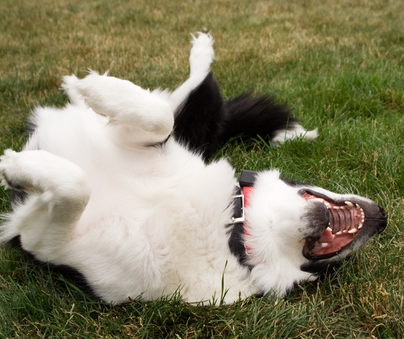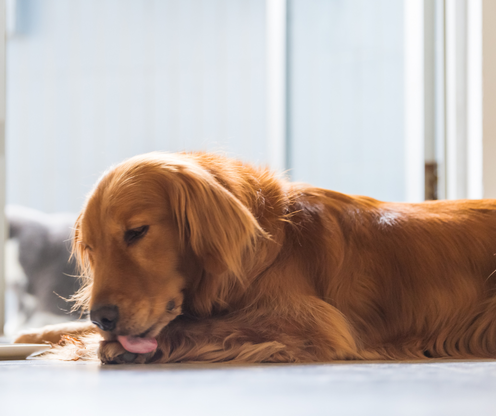|
Hey there, canine enthusiasts! Today, we're diving into the captivating world of our furry companions: dogs! Did you know that these loveable creatures have come a long way from their wolf ancestors? Yep, it all started around 15,000 years ago. Let's explore how this incredible process of domestication unfolded. Imagine this: early humans were living the hunter-gatherer life, and their paths crossed with wolves roaming around their camps. Initially, the wolves were just scavenging for food scraps, but as time went on, they began to trust these humans. Eventually, the humans started offering them extra food as a way to gain their trust. Talk about building bridges! This relationship took root and flourished, leading to the taming and breeding of these wolves within the human camps. And you know what? These domesticated wolves became invaluable to the hunter-gatherers. They served as protectors, hunting partners, and even companions. Humans started selectively breeding them for specific tasks, choosing traits that were both behavioural and physical. Now, when it comes to the theories behind how this domestication process happened, we have two main contenders: the scavenging theory and the cooperative hunting theory. Let's break them down! The scavenging theory suggests that trust between humans and wolves was established around the human settlements. Wolves would scavenge for food scraps, and as humans shared their meals with the wolves, they became more social and less aggressive towards humans. Throughout this domestication journey, the wolves retained many of their carnivorous diets and pack mentalities. On the other hand, the cooperative hunting theory highlights the collaboration between humans and wolves in hunting larger prey. This symbiotic relationship allowed both parties to benefit from each other's hunting skills. Over time, specific traits were selected from wolves to better suit the needs of the hunter-gatherers. These traits included the willingness to work with humans, following commands, and, as evident from skeletal remains of early dogs, having a robust jaw and teeth. As the domestication process unfolded, natural selection and human-driven selective breeding played a significant role in shaping the physical characteristics of dogs. Here are some key changes:
Socialisation and exposure to different surroundings also play a crucial role in the domestication of dogs. Unlike their wild wolf ancestors, domesticated dogs have a more social nature and tend to form social groups rather than rigid hierarchies. The idea of the "pack mentality" that we often hear about is not as prevalent in our fluffy companions. However, dogs still engage and develop relationships with other dogs. You might have noticed certain behaviours in your own dog that reflect their innate instincts. Submissive actions like rolling over or crouching and dominant behaviours like standing tall and appearing stiff can still be observed in domesticated dogs. These behaviours are remnants of their ancestral traits and are a part of their communication repertoire. What makes dogs truly remarkable is their ability to learn from one another through observation and imitation. This social fluidity allows them to interact with humans and other dogs in a dynamic way. Take hunting and herding dogs, for example. They work cooperatively with both their human companions and fellow canines, showcasing their exceptional teamwork skills. By observing and imitating each other, they become more efficient and effective in their tasks. Cooperative behaviours such as grooming and playing further strengthen the social bonds among dogs. These activities promote group cohesion and enhance the overall social dynamics within the dog community. It's fascinating to witness how they communicate, cooperate, and build relationships with each other and with us humans. While the exact details of the evolution from wolves to domesticated dogs are still a subject of ongoing debate, we can be certain that a combination of selective breeding, natural selection, and gradual physical and behavioural changes over thousands of years have shaped our beloved companions. Researchers continue to shed light on this captivating chapter in human history, and we eagerly await further discoveries. So, next time you interact with your furry buddy, remember the incredible journey they've been on to become the loyal, playful, and loving creatures by your side. Celebrate their sociability, their ability to learn from one another, and the remarkable relationships they forge with both their fellow canines and us humans. Our furry friends truly embody the beauty of companionship and the magic of domestication. Matthew IrelandCanine Hydrotherapist |
AuthorJoanna Whitehead Archives
June 2024
Categories
All
|

 RSS Feed
RSS Feed 



